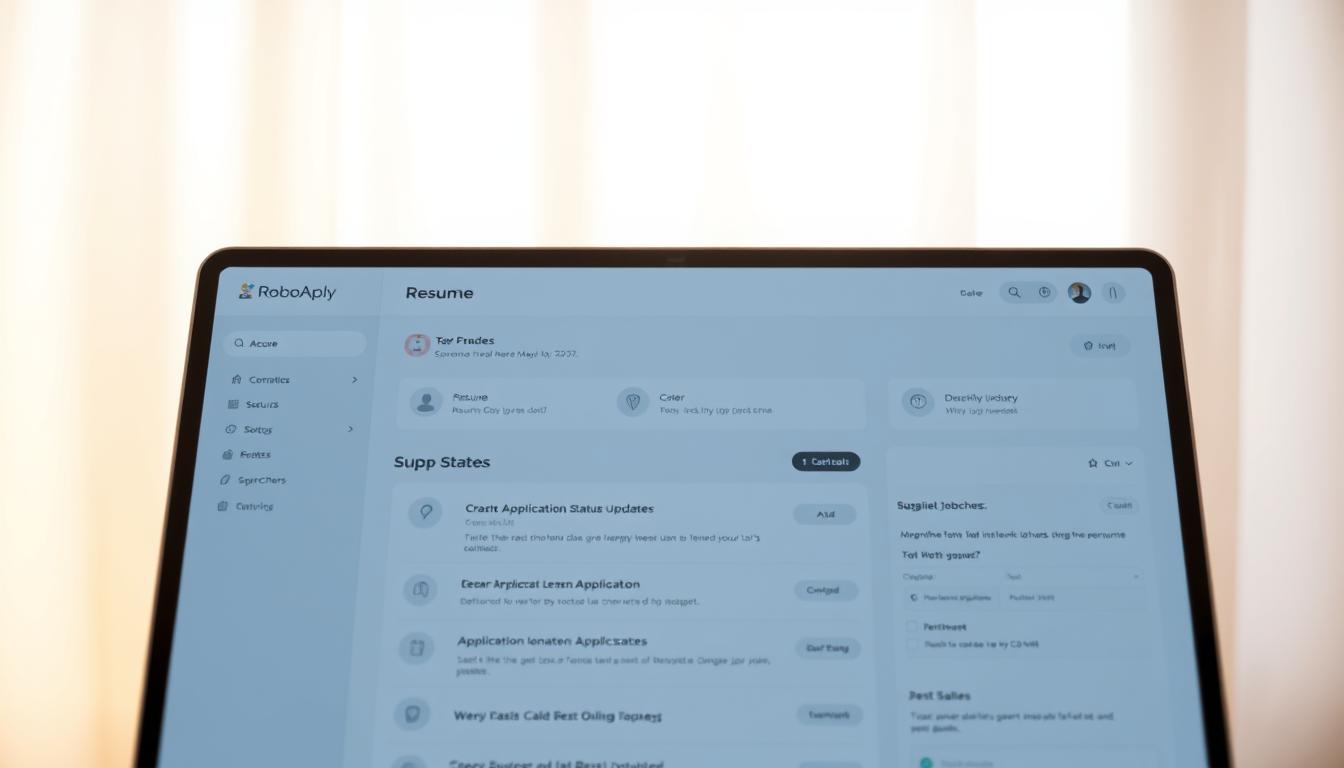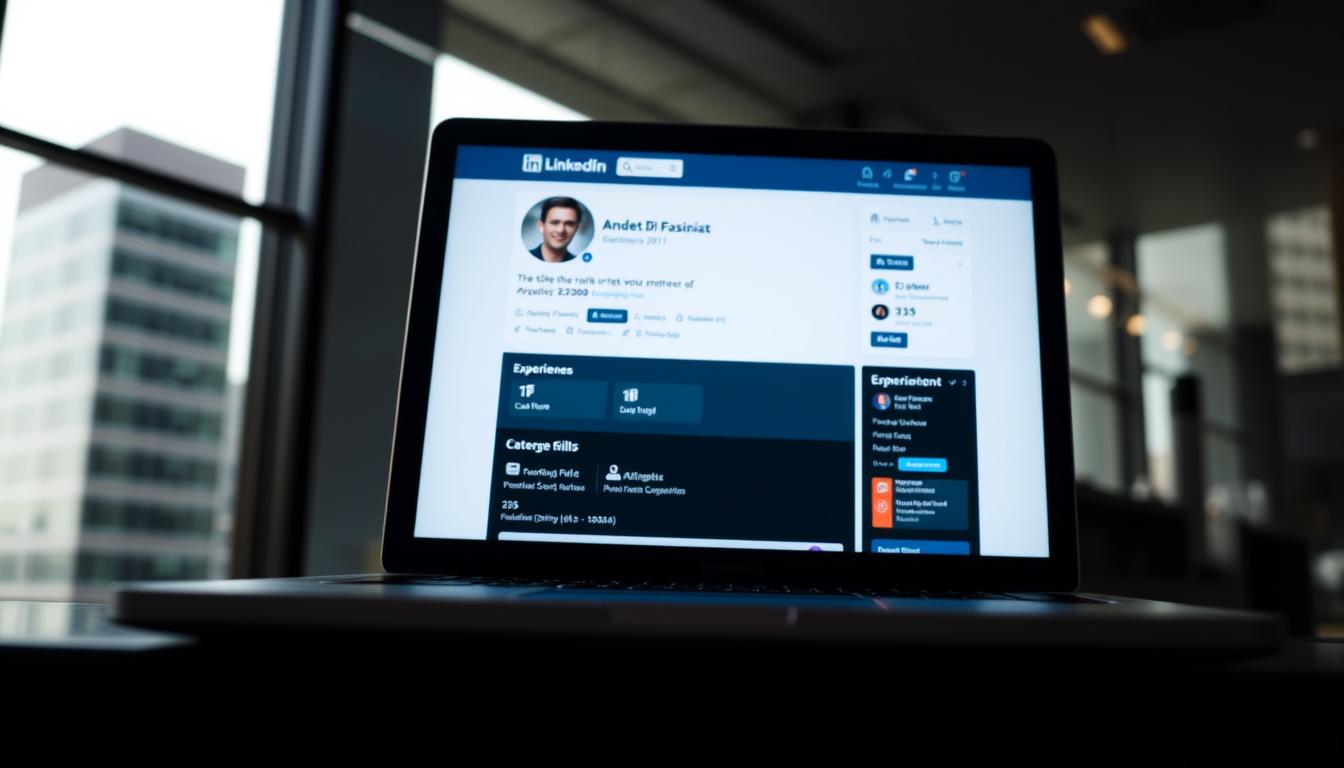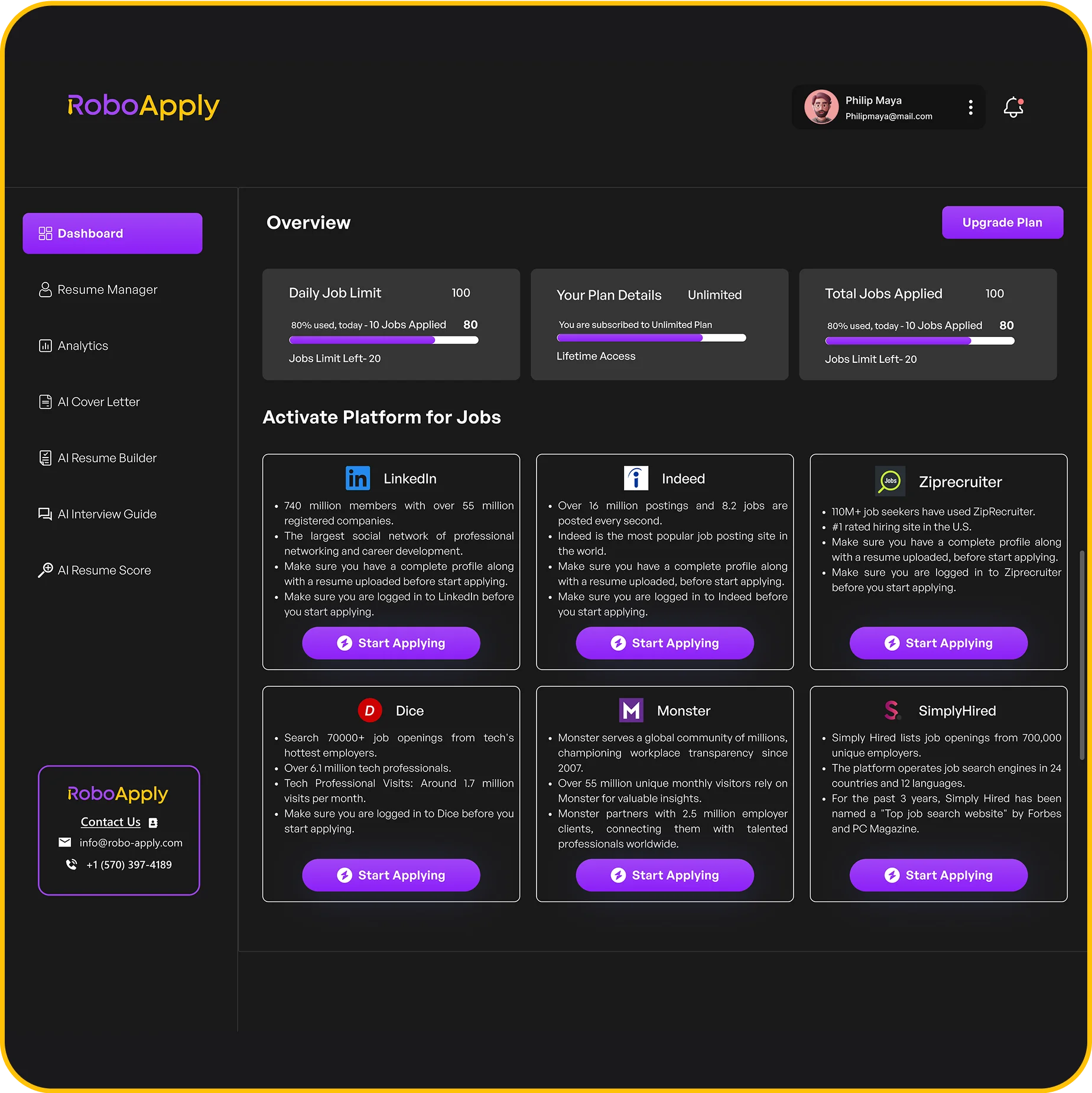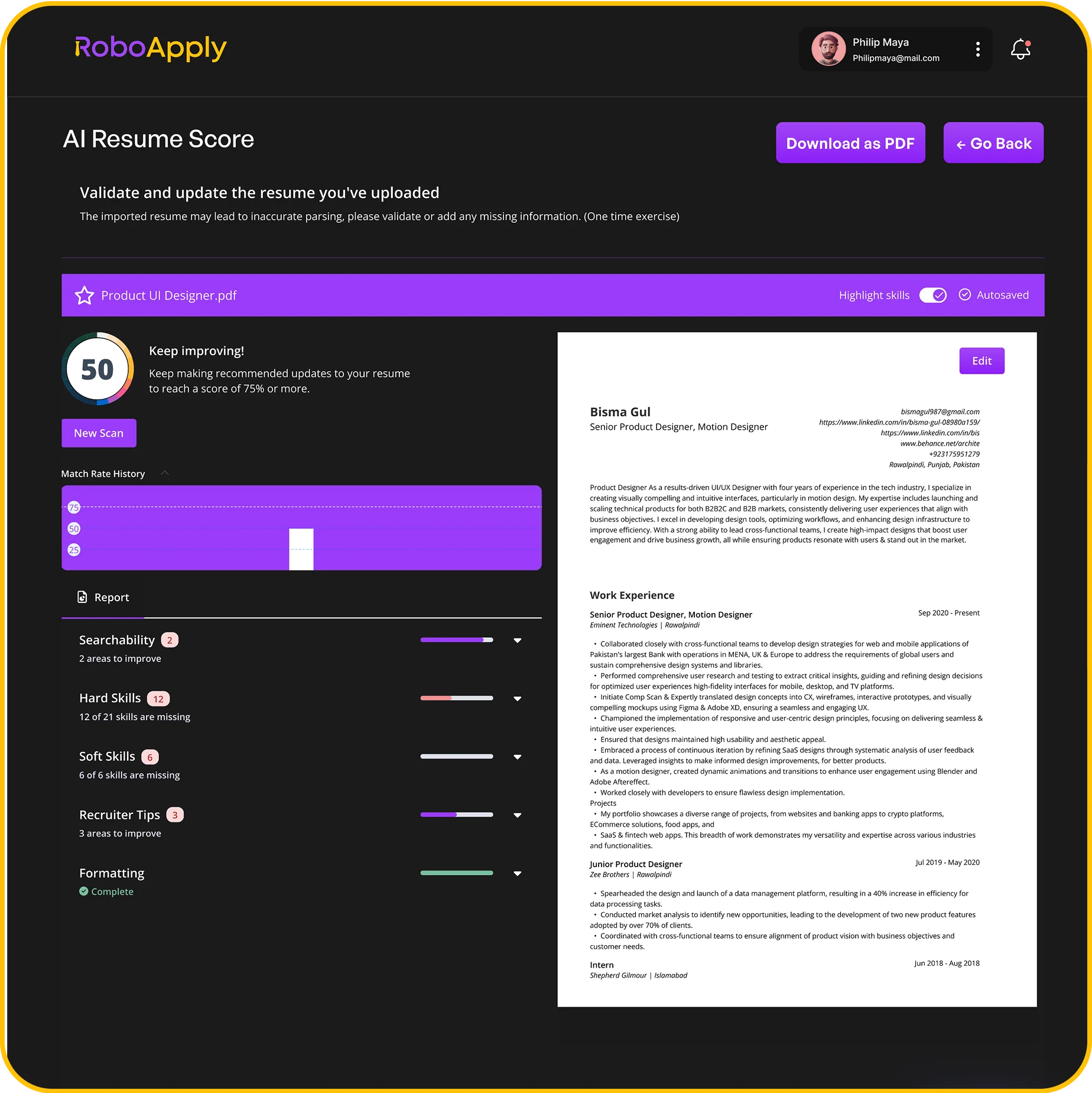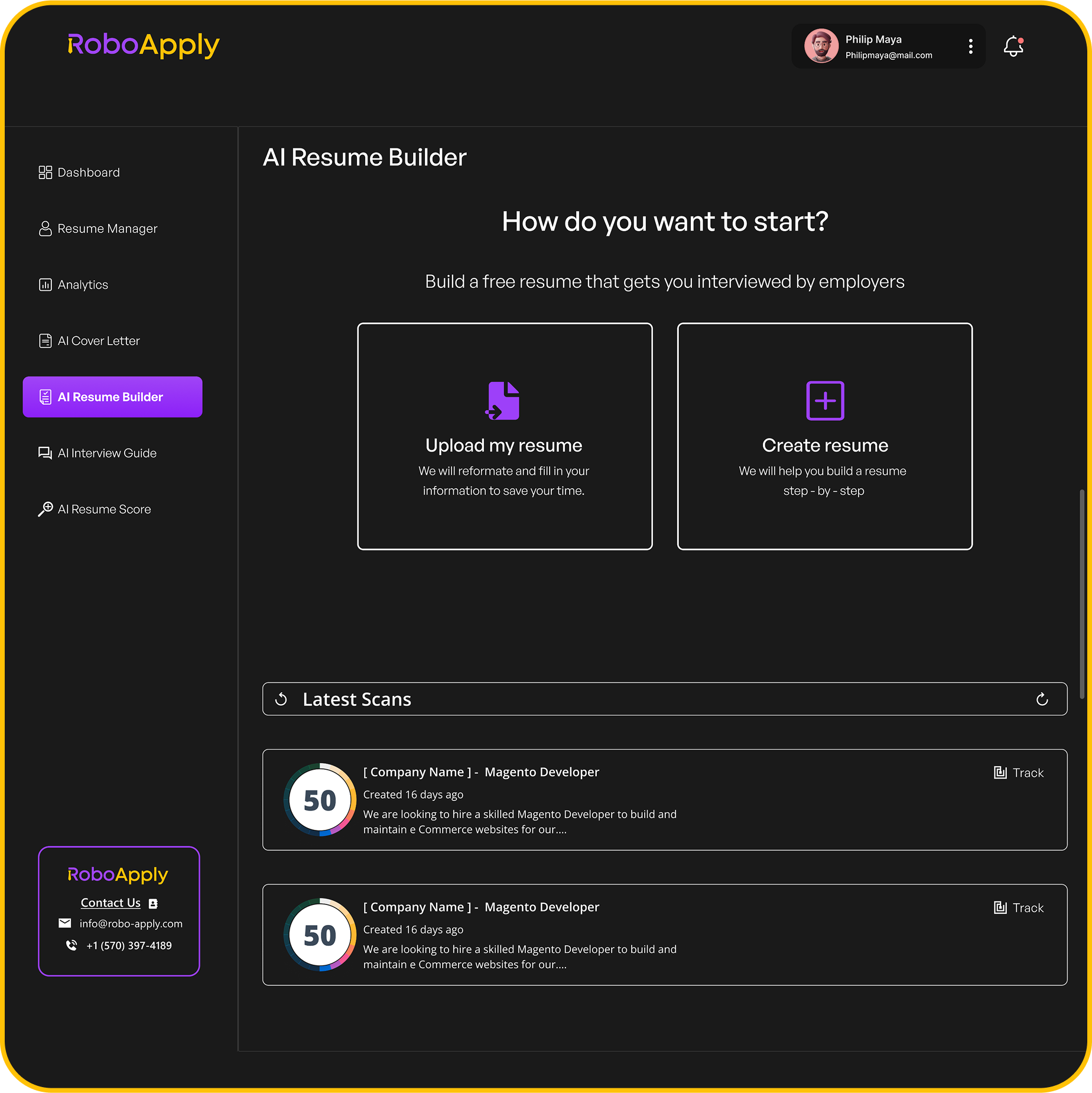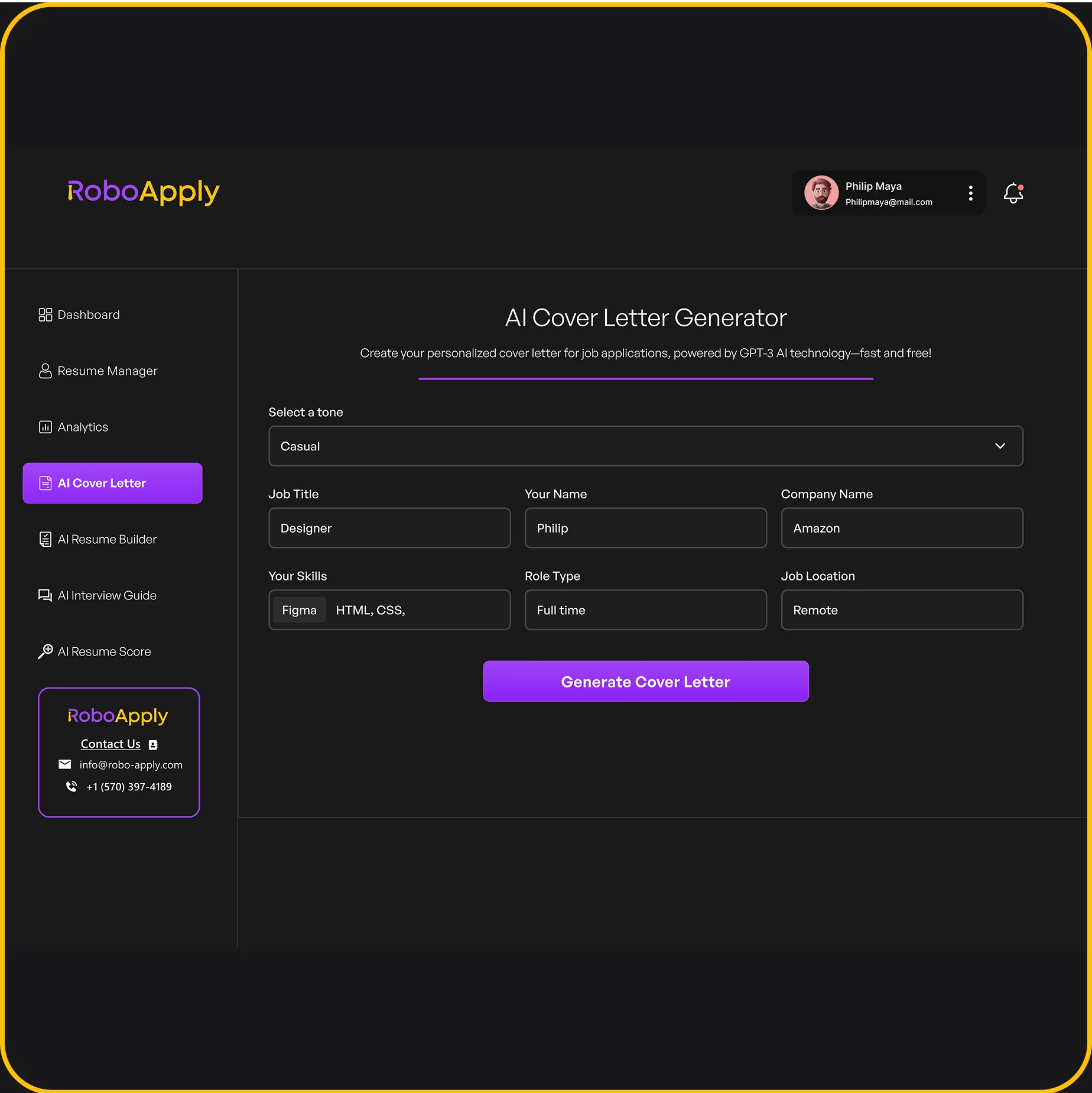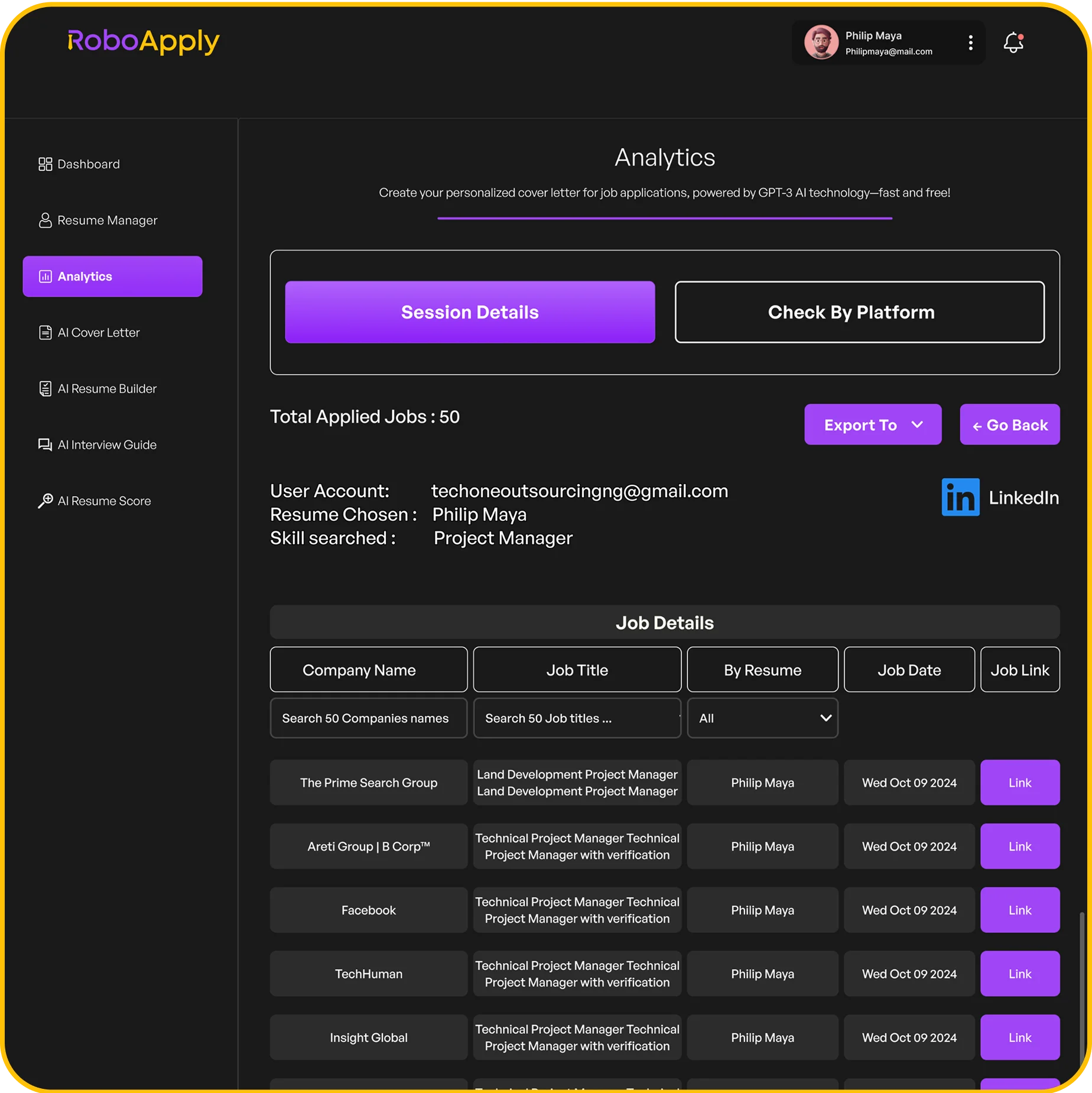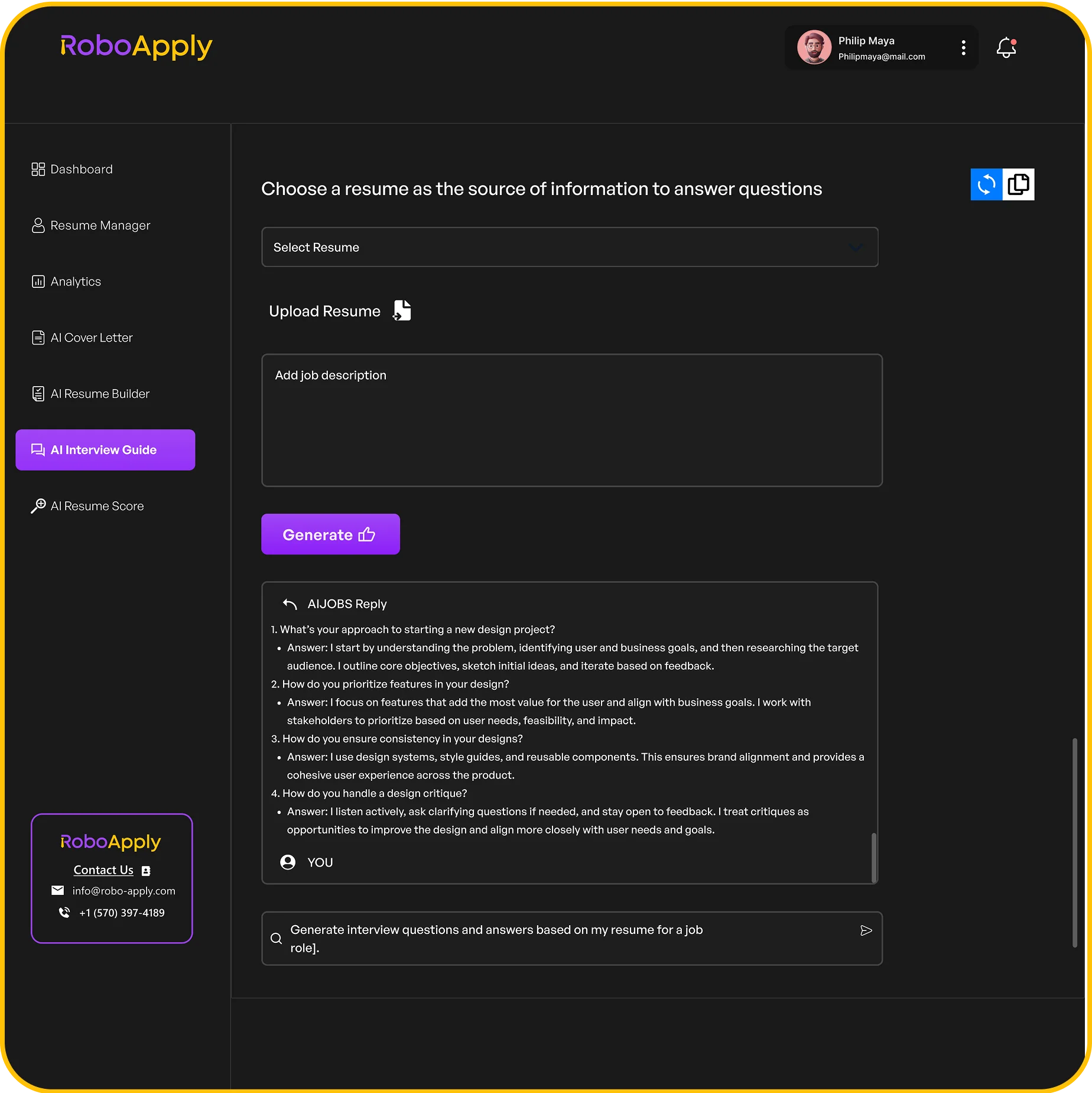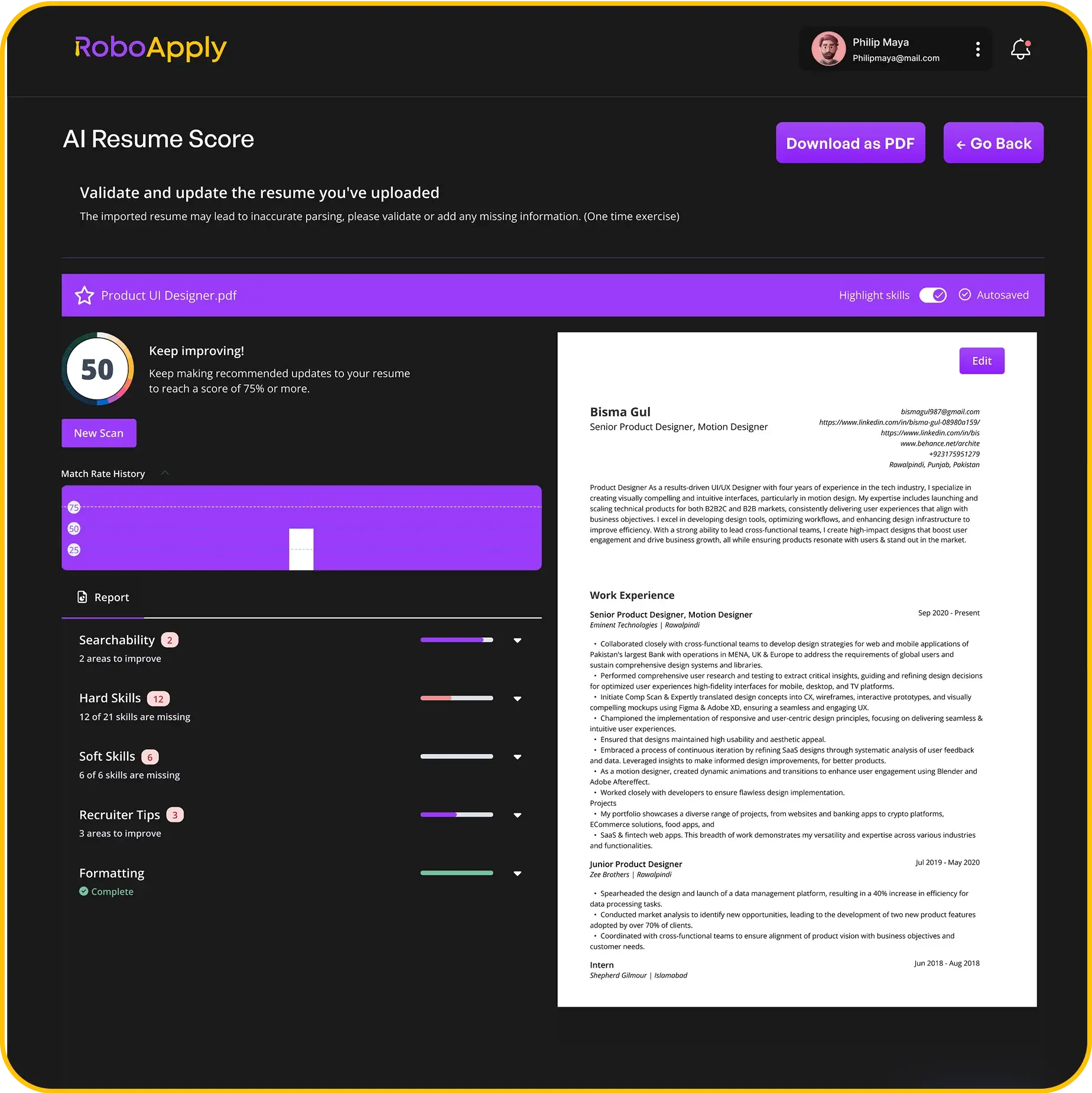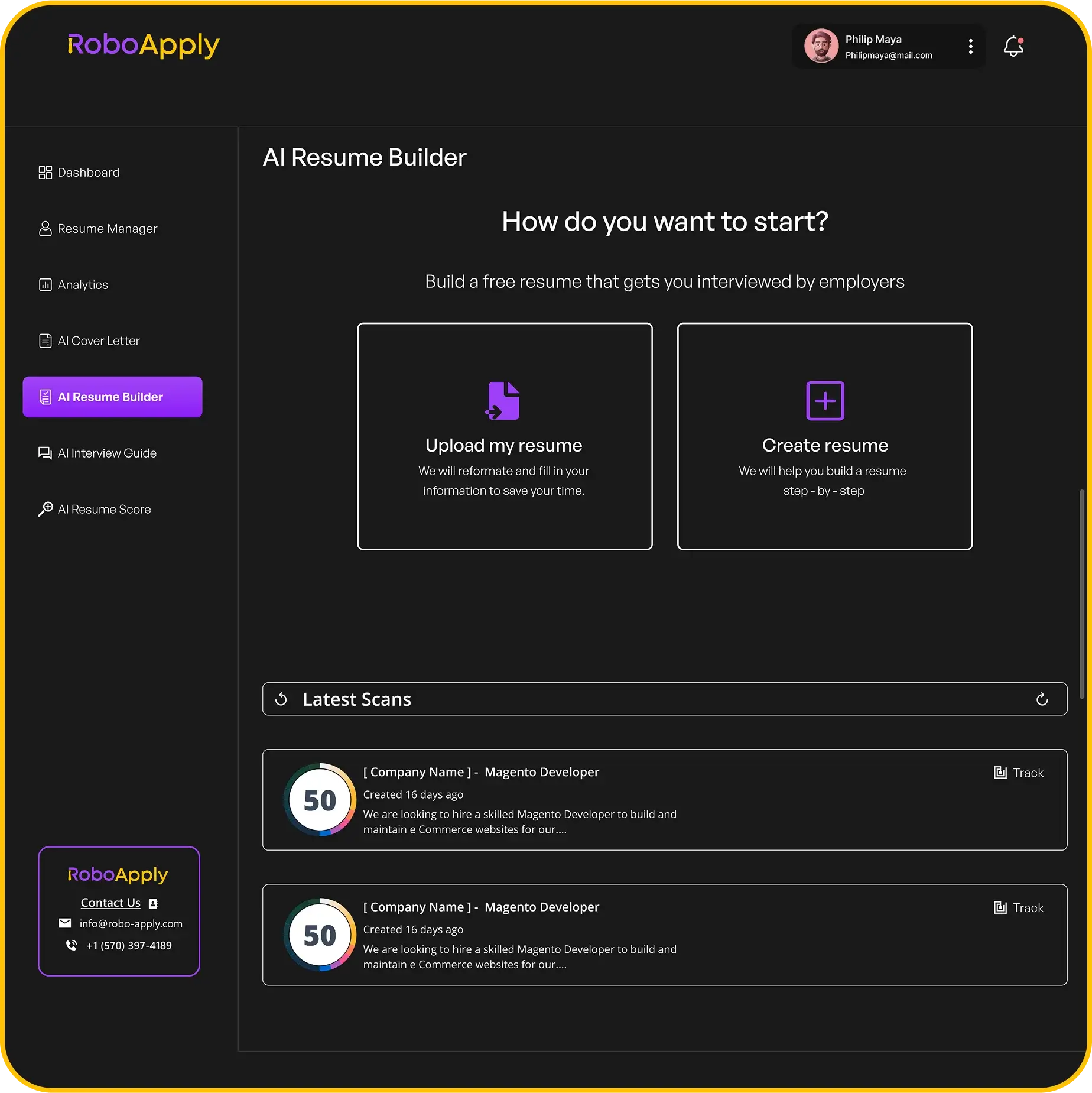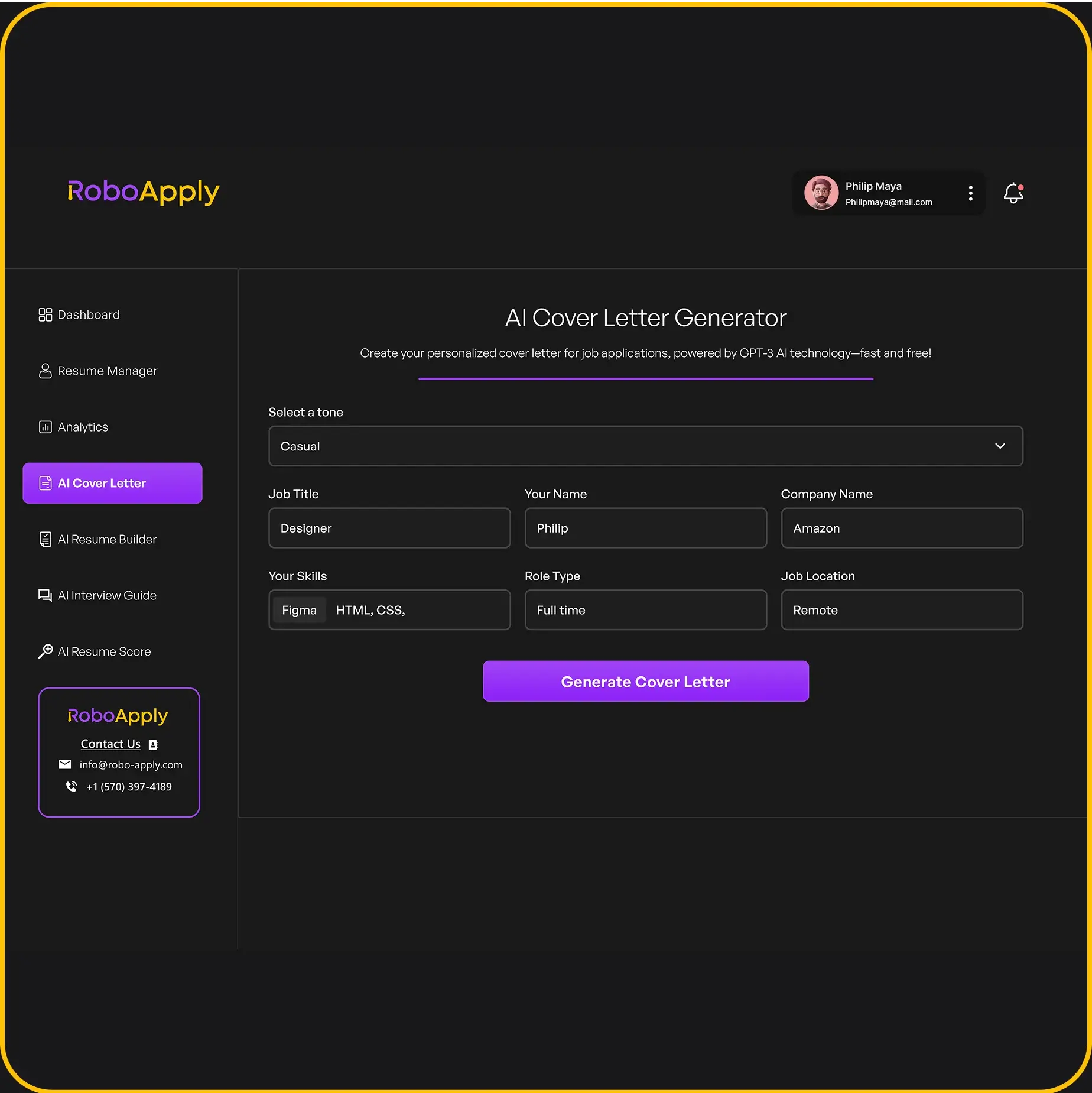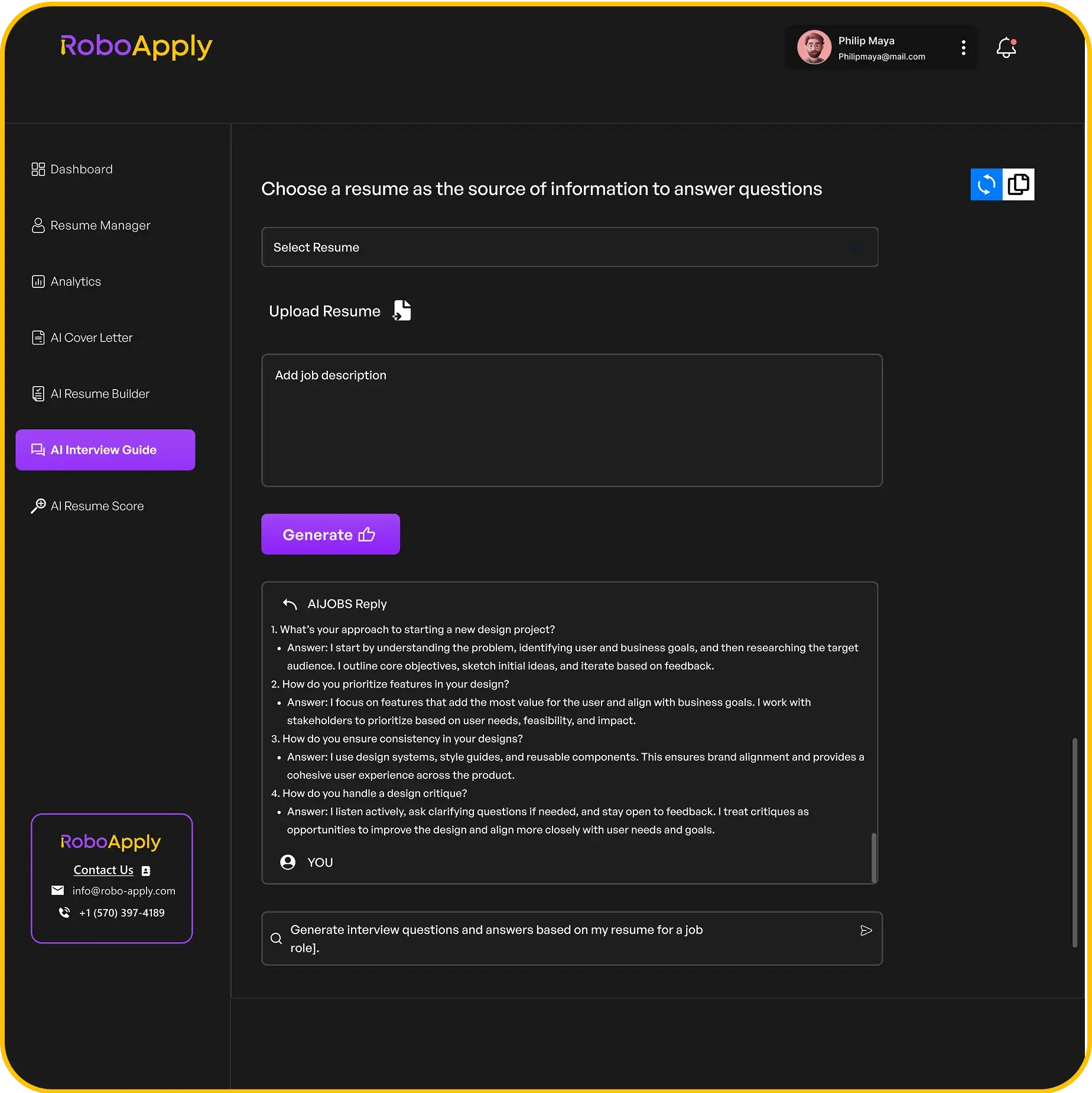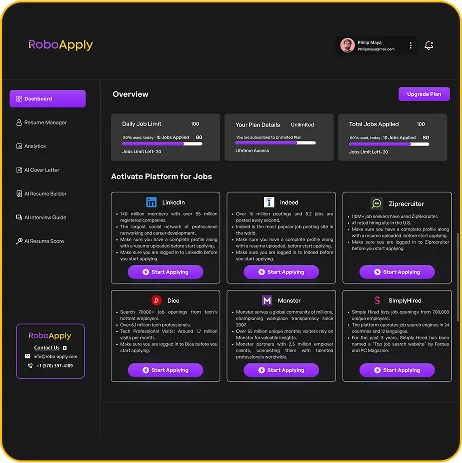Job interviews don’t have to be scary. Mastering the art of interviewing means getting ready and showing your worth. It’s about practice and planning, not luck.
Good interview preparation techniques turn you from nervous to confident. You feel ready for the chance you’re taking. You learn to talk about your experiences in a way that employers want to hear.
The best interview strategies build real confidence. You’ll answer questions clearly, make a strong impression, and handle tough situations well. These methods help you go beyond simple answers to stories that hiring managers remember.
Professional tips for a successful interview say to arrive ready, make eye contact, and talk about your skills. These tips help you stand out.
Key Takeaways
- Systematic preparation builds confidence and reduces anxiety during interviews
- Proper planning helps you feel deserving of job opportunities you pursue
- Aligning your experiences with employer needs creates compelling narratives
- Evidence-based methods transform nervous uncertainty into professional composure
- Strategic practice enables you to navigate challenging scenarios effectively
- Thorough readiness allows you to showcase your unique value proposition
Understand the Job Description
Before you go into an interview, you need to know what the employer really wants. The job description is your guide to success. It shows you how to be the perfect candidate. Every word in that posting matters, from the needed qualifications to the company’s mission.
Smart candidates use tools like RoboApply’s job tracker to organize job descriptions. This helps them spot patterns in similar roles. You’ll feel confident in interviews, knowing you’ve prepared for both obvious and subtle expectations.
Break Down Key Responsibilities
Start by breaking down each responsibility in the job posting. Don’t just read them – analyze what skills and experience each task requires. Make a detailed list that matches your background to their needs.
For each responsibility, prepare a specific example from your experience. Use the STAR method to structure these examples: Situation, Task, Action, and Result. This helps you answer common interview questions with concrete evidence of your capabilities.
Cross-reference multiple job postings for similar roles to identify recurring themes. When you see the same responsibilities appearing across different companies, you know these are industry priorities worth emphasizing in your responses.
Identify Required Skills
Separate the required skills into two categories: hard skills and soft skills. Hard skills are measurable abilities like software proficiency or certifications. Soft skills include communication, leadership, and problem-solving abilities.
For each skill listed, prepare a brief story that demonstrates your proficiency. Don’t just claim you have the skill – show how you’ve applied it successfully. This approach transforms your interview from a checklist conversation into a compelling narrative.
Pay attention to the language used in the job description. If they mention “collaborative environment,” prepare examples of successful teamwork. If they emphasize “fast-paced,” have stories ready about thriving under pressure.
Research Company Culture
When you research company culture, you’re preparing for the hidden interview questions that assess cultural fit. Hiring managers evaluate whether you’ll mesh with their team beyond just your technical qualifications. They want to see if you embody their mission and values.
Use multiple sources to understand the company’s culture. Start with their website’s “About Us” and “Careers” pages. Check their social media presence for insights into their workplace atmosphere. Read recent news articles and employee reviews on sites like Glassdoor.
Look for specific details about their work environment, values, and recent initiatives. This research allows you to speak their language during the interview. You can reference specific company projects or challenges, proving you’ve invested time in understanding their business needs.
Document your findings and practice weaving this knowledge into your responses. When you demonstrate genuine interest in their company culture, you stand out from candidates who only focus on the job requirements.
Utilize RoboApply for Resume Building
Today’s job market demands resumes that meet employer needs and pass digital filters. Your resume must show the right skills and pass automated checks. RoboApply’s comprehensive resume building platform makes this easier, boosting your chances for interviews.
The platform uses AI and hiring insights to craft resumes that stand out. It analyzes job descriptions and optimizes your resume for applicant tracking systems. This approach increases your interview chances.
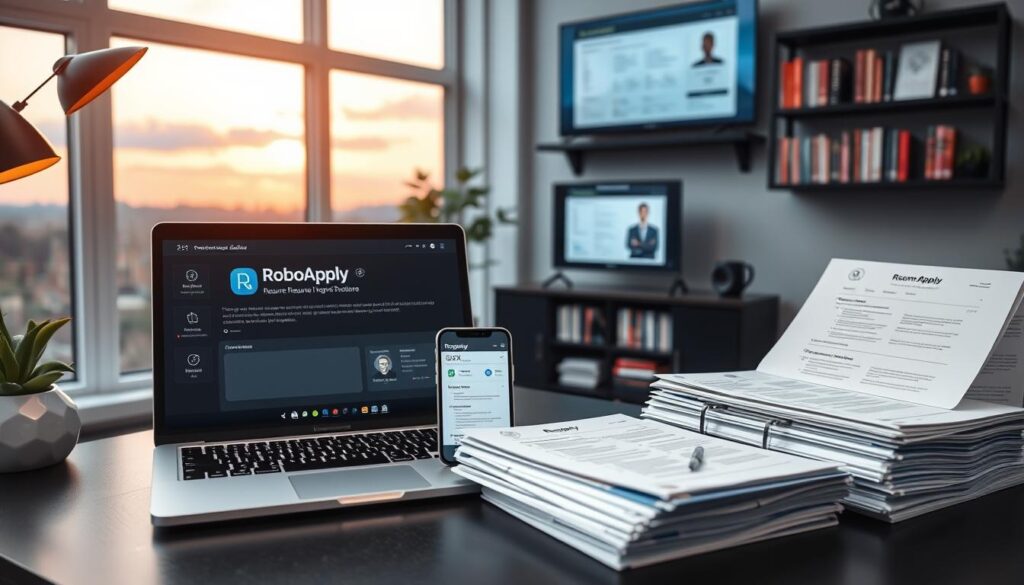
AI Resume Builder Features
RoboApply’s AI resume builder analyzes job descriptions and suggests key words and skills. It highlights your most relevant experiences. This technology eliminates guesswork by offering data-driven advice.
The platform’s grammar checker keeps your resume professional. It suggests better action verbs and descriptions. The AI also helps you present your achievements clearly.
Advanced formatting ensures your resume looks great on any device. The system adjusts layout and design for a strong first impression.
ATS Optimizer Importance
Applicant tracking systems filter candidates before human review. RoboApply’s ATS optimizer identifies potential issues that could block your resume. It ensures your qualifications are considered in the initial screening.
The optimizer analyzes your resume against job requirements and suggests improvements. You get feedback on keyword density and skill alignment. This helps you know what to change for better performance.
Many qualified candidates miss out because their resumes fail ATS screening. The optimizer prevents this by ensuring your resume meets technical requirements and is readable by humans.
“The best resumes combine technical optimization with compelling storytelling that resonates with both automated systems and human decision-makers.”
Customizing Your Resume for Each Job
Each job requires a customized resume that highlights relevant experiences and skills. RoboApply’s customization tools help you adjust your resume efficiently. This shows you’re genuinely interested in the role and have the right qualifications.
The platform stores multiple resume versions and tracks which customizations work best. You can quickly modify sections and adjust emphasis based on job requirements. This flexibility ensures your application is always strong.
Successful customization goes beyond keyword insertion. You learn to prioritize experiences that match job responsibilities. This shows employers you understand their needs and have the right expertise.
| Resume Element | Standard Approach | RoboApply Optimization | Impact on Success |
|---|---|---|---|
| Keyword Integration | Manual guessing | AI-driven analysis | Higher ATS passage rates |
| Content Customization | One-size-fits-all | Job-specific tailoring | Increased interview invitations |
| Format Optimization | Basic templates | ATS-compatible design | Better system compatibility |
| Grammar Quality | Manual proofreading | AI grammar checker | Professional presentation |
Resume optimization is key to interview success. A well-optimized resume sets the stage for confident video interview practices and professional presentation. Knowing how to dress for success in interviews is more impactful when your resume has already shown your credibility.
RoboApply’s systematic approach to resume building ensures consistency in your job search strategy. Your optimized resume supports effective interview preparation and networking efforts throughout your career.
Leverage Mock Interviews
Mock interviews can turn a nervous candidate into a confident one. They help you practice and improve your skills. You can test your answers, work on your delivery, and find areas to get better before real interviews.
Mock interviews are a safe place to make mistakes and learn. You can try different ways to answer tough questions and get feedback on how you present yourself. This makes the real interview feel less scary and more manageable.
How to Conduct Mock Interviews
Begin by setting up a mock interview that feels like the real thing. Wear professional clothes and use a structured format for questions. This helps you get used to the interview setting.
Practice answering questions quickly but clearly. Record yourself to see how you do. This helps you improve your timing and clarity.
Work on avoiding filler words and speaking clearly. Ask for feedback on your body language and voice. The goal is to make your real interview feel like just another practice.
Finding a Mock Interview Partner
Find someone you trust, like a colleague or family member, to give you honest and constructive feedback. Choose someone who knows how to communicate well and can give you helpful tips.
Make sure your partner knows the job and company culture before the mock interview. This helps them ask relevant questions and give you insights. Try practicing with different people to get different views.
Look for mock interview guides online for more help. These guides can teach you and your partner how to improve your interview skills.
Using RoboApply's Interview Coach
RoboApply’s Interview Coach offers AI-powered practice sessions with questions for your job. It gives you feedback on your answers right away. This helps you see what you’re doing well and what you need to work on.
The tool analyzes how you speak and suggests ways to improve. You can practice whenever you want, without waiting for someone else. This lets you work on your skills at your own pace.
Use the Interview Coach to practice salary negotiation tactics and other tough topics. The AI gives you feedback without bias. This helps you feel more confident in your ability to handle difficult questions.
Prepare for Common Interview Questions
Mastering interview questions is more than quick thinking. It requires systematic preparation and proven frameworks. You need a structured approach to turn your experiences into compelling stories that impress hiring managers.
The most effective candidates prepare 5-7 versatile stories. These stories show different skills and competencies. They become your toolkit for various behavioral and situational questions during the interview.
STAR Method for Behavioral Questions
The STAR method is perfect for answering behavioral interview questions. It makes your responses structured, memorable, and shows your problem-solving skills.
Situation: Start by setting the scene with relevant context and background information. Give enough detail for the interviewer to understand the situation without getting overwhelmed.
Task: Clearly explain your specific responsibility or challenge. Focus on what you were accountable for and what needed to be accomplished.
Action: Detail the specific steps you took to address the situation. This is where you showcase your skills, decision-making process, and initiative.
Result: Conclude with measurable outcomes and the impact of your actions. Use specific numbers, percentages, or other quantifiable metrics whenever possible.
“The best STAR responses include specific metrics that demonstrate tangible impact. Instead of saying ‘I improved efficiency,’ say ‘I implemented a new system that reduced processing time by 30% and saved the company $50,000 annually.'”
Here’s a practical example you can adapt:
Situation: “During my role as project coordinator, our team faced a critical deadline with a major client presentation just two weeks away, but we were 40% behind schedule due to resource constraints.”
Task: “I needed to reorganize our workflow and ensure we delivered a high-quality presentation on time without compromising other projects.”
Action: “I conducted a priority assessment, redistributed tasks based on team strengths, implemented daily check-ins, and negotiated additional resources from management. I also created a visual progress tracker that kept everyone accountable.”
Result: “We completed the presentation two days early, secured a $200,000 contract, and the new workflow system I created improved our team’s overall efficiency by 25% for future projects.”
| STAR Component | Key Elements | Time Allocation | Common Mistakes |
|---|---|---|---|
| Situation | Context, background, setting | 20-30 seconds | Too much unnecessary detail |
| Task | Your specific responsibility | 15-20 seconds | Vague or unclear objectives |
| Action | Steps taken, skills demonstrated | 60-90 seconds | Focusing on team instead of personal actions |
| Result | Measurable outcomes, impact | 30-45 seconds | No specific metrics or follow-up |
Researching Industry-Specific Questions
Industry-specific questions need targeted preparation. You must understand the unique challenges, trends, and expectations in your field. This way, you can provide relevant and insightful responses.
Start by researching common themes in your industry. Use job boards, professional forums, and company websites. Look for patterns in job descriptions and requirements.
Technology roles often focus on problem-solving scenarios, system design challenges, and staying current with emerging technologies. Prepare examples that demonstrate your technical expertise and continuous learning mindset.
Healthcare positions typically emphasize patient care, ethical decision-making, and working under pressure. Your stories should highlight compassion, attention to detail, and regulatory compliance.
Sales and marketing roles require examples of relationship building, target achievement, and creative problem-solving. Focus on measurable results like revenue growth, customer acquisition, or campaign performance.
Professional associations and industry publications provide valuable insights into current challenges and best practices. Subscribe to relevant newsletters and follow thought leaders to stay informed about trending topics.
Consider these industry-specific preparation strategies:
- Review recent industry reports and white papers
- Analyze competitor companies and their approaches
- Prepare questions about industry trends and challenges
- Research the company’s position within the industry landscape
- Understand regulatory requirements and compliance issues
Remember, effective body language tips and follow-up strategies complement your verbal responses. Your preparation should encompass both what you say and how you present yourself throughout the interview process.
Practice your STAR responses aloud to ensure they flow naturally and stay within the 2-3 minute timeframe. Record yourself or practice with a trusted colleague to identify areas for improvement and build confidence in your delivery.
Develop Questions for the Interviewer
Creating meaningful questions for your interviewer shows you’re strategic and serious about the opportunity. This makes you more than just a candidate. It shows you’re actively checking if the job fits your career goals. Effective interview strategies mean preparing questions that show your research and thoughtfulness.
Your questions do two things. They show the interviewer you’re really interested in helping their company succeed. They also give you important information to decide if you want the job.
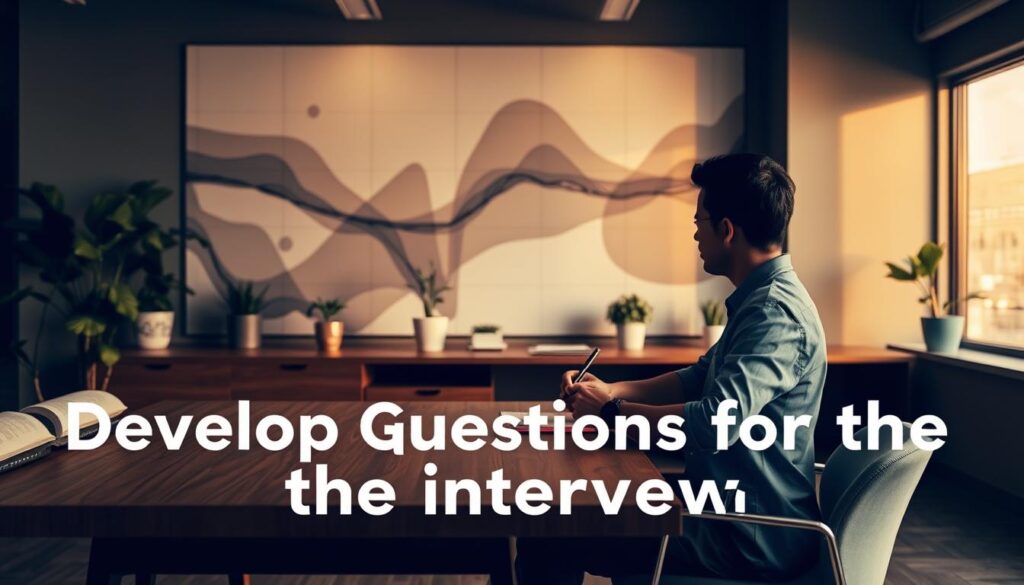
Why Asking Questions Matters
Asking smart questions makes you stand out as a professional, not just a job seeker. It shows you’re taking the opportunity as seriously as they are. Smart candidates know interviews are conversations where both sides check if they fit.
Your questions show you understand the role and industry deeply. They prove you’re not just interested, but ready to make a real contribution. This level of engagement can make you a top candidate.
Questions also uncover information you can’t find online. While you can research company culture online, talking to hiring managers gives you real insights into the team and work environment.
Strategic Question Categories
Focus on questions that reveal new information. Ask about success metrics for the role, like “What does success look like in this position after the first 90 days?” This shows you’re ready to deliver results.
Ask about team work and project management. Questions like “How does the team collaborate on complex projects?” give you a feel for the work environment. It helps you see if the company’s style fits your preferences.
Look into growth opportunities and professional development. Ask about mentorship, training, or career paths. These questions show your long-term goals and ambition.
Explore how the company tackles industry challenges and new initiatives. Mention specific things you’ve researched to show you’re interested in helping their success.
Avoid asking about salary, benefits, or vacation time in the first interview. These topics are better discussed later. Focus on understanding the role and company culture instead.
Practice Your Body Language
Non-verbal communication is key in an interview, even more than your skills. Your body language shows your confidence, professionalism, and interest in the job. Learning these body language tips helps your non-verbal signals support your words.
Even great answers can be ruined by bad posture or distracting gestures. Your interviewer makes a first impression quickly. This impression can shape the whole interview.
Essential Body Language Techniques
Your posture is the base of confident communication. Sit straight with your shoulders back and feet on the floor. This shows you’re serious and confident.
Keep eye contact about 70% of the time. This shows you’re engaged without being too intense.
Use your hands to gesture, but avoid fidgeting. Place your hands on the table or in your lap when not gesturing.
Practice your handshake before the interview. A firm but not too hard grip with a smile makes a good first impression. Hold the handshake for 2-3 seconds while looking at your interviewer.
| Body Language Element | Best Practice | Common Mistake | Impact on Interview |
|---|---|---|---|
| Eye Contact | 70% direct gaze | Avoiding eye contact | Shows confidence and engagement |
| Posture | Straight back, shoulders relaxed | Slouching or leaning back | Projects professionalism |
| Hand Gestures | Purposeful, controlled movements | Excessive fidgeting | Emphasizes key points effectively |
| Facial Expression | Genuine smile, attentive look | Blank stare or forced smile | Conveys enthusiasm and interest |
Non-Verbal Communication in Virtual Settings
For video interview practices, you need to adjust your body language. Make sure your camera is at eye level to look confident.
When speaking, look into the camera lens, not the screen. This makes it seem like you’re making eye contact. Practice this to feel natural.
Stay centered in the camera frame. Avoid moving too much or gestures that take you out of view. Your upper body should fill about two-thirds of the screen.
Good lighting and a clean background are important. They help show your facial expressions clearly and keep the focus on you.
Record yourself to find distracting habits like touching your face or swaying. These can hurt your professional image.
Your body language should match what you’re saying. When you talk about your excitement for the job, show it with your face and gestures. This makes your presentation strong and shows you’re really interested.
Get Familiar with Interview Formats
Your success in an interview depends on how well you adapt to the format. Each type of interview has its own challenges and chances. Knowing these differences helps you prepare better and show your best side.
Today, employers use many interview formats to check out candidates. You need to match your preparation to the format you’ll face. This shows you’re professional and pay attention to details.

Virtual vs In-Person Interview Differences
Virtual interviews need technical skills and regular interview skills. Make sure your camera, microphone, and internet work well 24 hours before. This avoids tech problems at the last minute.
For a virtual interview, pick a professional setting with good lighting and no distractions. Place your camera at eye level and choose a simple background. These steps help you look polished and ready.
In-person interviews focus on logistics and how you look. Plan your route early and arrive 10-15 minutes before. This time lets you calm down and review your answers before the interview.
“Preparation prevents poor performance. Whether virtual or in-person, your success depends on thorough advance planning.”
Panel Interview Preparation
Panel interviews are special because you talk to many people at once. Each interviewer has their own style and questions. Practice talking to groups and handling these complex situations.
Look at each panel member when you talk. Start with the person who asked the question, then glance at others. This shows respect and good communication skills.
Use RoboApply’s interview coach to practice different scenarios. The platform helps you feel confident in any situation. Regular practice makes you better at adapting and performing.
| Interview Format | Key Preparation Focus | Success Strategy | Common Challenges |
|---|---|---|---|
| Virtual | Technical setup and environment | Test technology 24 hours early | Connection issues, distractions |
| In-Person | Logistics and physical presence | Arrive 10-15 minutes early | Traffic delays, building navigation |
| Panel | Group dynamics and engagement | Practice eye contact rotation | Multiple personalities, divided attention |
| Phone | Voice clarity and energy | Stand while speaking | No visual cues, audio quality |
Have backup plans for unexpected things. Tech problems or traffic can mess up your plans. Showing you can solve problems makes you more attractive to employers.
Knowing the interview format well reduces stress and boosts your performance. The more you’re comfortable with different formats, the more confident you’ll seem to employers.
Organize Your Interview Logistics
Good interview logistics are key to feeling confident and professional. Planning well helps you show off your skills without any hitches. Arriving on time shows you respect the interviewer’s time and highlights your organizational skills.
Plan to arrive 10 to 15 minutes early. This extra time helps with unexpected delays or tech issues. If you’re going somewhere new or have a long commute, add more time to your plan.
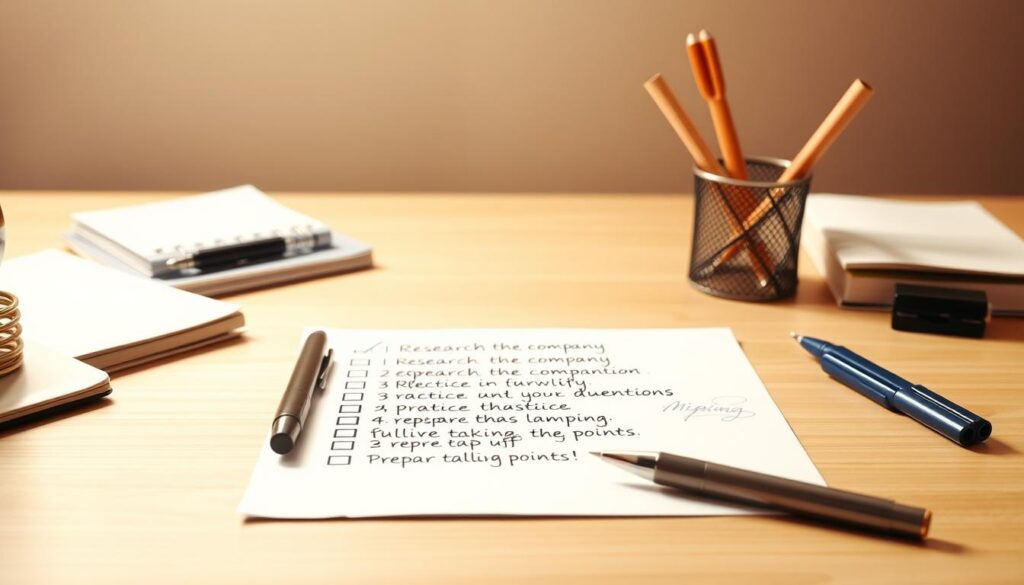
Technology Setup for Virtual Meetings
Test your tech 24-48 hours before your virtual interview. Make sure your camera, microphone, internet, and the platform work. Have a backup plan with mobile hotspot and other devices ready.
Wear professional clothes that look good on camera. Avoid patterns or bright colors that might look bad on screen. Your outfit should look good on digital screens.
Position your camera so you’re at eye level with good lighting. Check your audio and keep background noise down. Have the interviewer’s contact info ready for tech problems.
Route Planning for Face-to-Face Meetings
Find the exact interview location, including parking and building layout. Plan your route with extra time for traffic or construction. Do a test run to guess travel time accurately.
Get all your interview stuff ready the night before. Bring extra resumes, a notepad, pens, and any documents needed. Keep it all in a professional folder.
Plan your outfit ahead of time. Make sure it’s clean, pressed, and fits the company culture. Having backup clothes is smart in case of spills or damage.
| Preparation Area | Virtual Interview | In-Person Interview | Timeline |
|---|---|---|---|
| Technology/Route | Test camera, microphone, internet | Practice drive, check parking | 24-48 hours prior |
| Materials | Digital copies accessible | Physical copies organized | Night before |
| Attire | Camera-appropriate colors | Company culture match | Night before |
| Backup Plans | Mobile hotspot, alternate device | Alternative transportation | Day of interview |
Use RoboApply’s job tracker to keep all your interview details in one place. Store contact info, directions, and requirements for each job. This way, you’re always ready for any interview.
Check your plans the morning of your interview. Make sure your tech works or your transport is set. This review boosts your confidence and calm as you go into your interview.
Follow Up After the Interview
Your interview doesn’t end when you leave the room. How you follow up can make you stand out. It shows you’re professional and serious about the job.
Importance of Post-Interview Communication
Send a thank-you email within 24 hours of your interview. Mention specific points you talked about and show you’re excited about the job. Timing is key in keeping the conversation going with the hiring team.
Wait a week after your first email before asking for an update. If you don’t hear back, send a polite follow-up after another week. This shows you’re eager without being too pushy.
How to Craft a Thank You Email Using RoboApply
RoboApply’s templates help you write thank-you emails that are both sincere and confident. Its grammar checker keeps your emails polished throughout the hiring process.
RoboApply’s CRM lets you track your follow-ups and manage many applications at once. This way, you avoid missing chances and can negotiate salaries effectively when offers come in.
Being consistent and professional in your communication is crucial. It shows your work ethic and attention to detail. These traits can sway hiring decisions more than you think.
FAQ
How do I effectively analyze a job description to prepare for an interview?
Start by breaking down each responsibility in the job posting. Match these with your experience to find examples that show your skills. Use RoboApply’s job tracker to organize job descriptions and spot patterns.
Create a list of required skills, separating hard from soft skills. Prepare examples of how you’ve used each skill. Research the company’s culture to understand their values and work environment.
What are the key features of RoboApply’s AI resume builder for interview preparation?
RoboApply’s AI resume builder analyzes job descriptions and suggests relevant keywords and skills. It ensures your resume passes through applicant tracking systems. It also identifies formatting issues and optimization opportunities.
You can customize your resume for each position. The grammar checker keeps your resume professional. AI suggestions help make your achievements more compelling.
How should I conduct effective mock interviews to prepare?
Start by practicing with trusted colleagues, friends, or family. They can give you honest feedback on your responses and body language. Set up mock interviews to mimic real conditions, including professional attire and formal questioning.
Use RoboApply’s Interview Coach for AI-powered practice sessions. It offers industry-specific questions and real-time feedback. Record yourself to review your performance and work on clarity.
What is the STAR method and how do I use it for behavioral interview questions?
The STAR method helps you answer questions by structuring your response. It includes Situation, Task, Actions, and Results. Prepare 5-7 STAR stories that showcase different skills.
Practice answering within 2-3 minutes, using specific metrics. For example, instead of saying “I improved team efficiency,” say “I implemented a new workflow system that reduced project completion time by 25%.”
What types of questions should I ask the interviewer?
Prepare thoughtful questions that go beyond basic job details. Ask about growth opportunities, team dynamics, and company challenges. Use RoboApply’s company research tools to find recent developments to reference.
Avoid salary negotiation questions in initial interviews. Focus on what you can bring to the role and the company.
What are the most important body language tips for interviews?
Maintain confident posture and keep your hands visible. Use purposeful gestures to emphasize key points. Practice making eye contact, looking directly at the interviewer about 70% of the time.
For video interviews, position your camera at eye level and look directly into the lens. Practice a firm handshake and work on genuine facial expressions. Record yourself to identify distracting habits.
How do I prepare differently for virtual versus in-person interviews?
For virtual interviews, test your camera, microphone, and internet connection 24 hours before. Set up proper lighting and choose a professional background. For in-person interviews, research the company culture and plan your route with extra time for delays.
Prepare interview materials the night before, including multiple copies of your resume. Use RoboApply’s interview coach to practice different scenarios.
What should I include in my interview logistics checklist?
For virtual interviews, test all technology components 24-48 hours in advance. Create a backup plan with mobile hotspot access and alternative devices. For in-person interviews, research the company culture and plan your route with extra time for delays.
Prepare interview materials the night before, including multiple copies of your resume. Use RoboApply’s email templates and grammar checker to craft professional messages.
How do I write an effective thank-you email after an interview?
Send a personalized thank-you email within 24 hours, referencing specific conversation points. Use RoboApply’s email templates and grammar checker to craft professional messages. Here’s a template:
“Dear [Interviewer’s Name], Thank you for taking the time to discuss the [Position Title] role with me yesterday. I was excited to learn about [specific project mentioned]. Our conversation reinforced my interest in contributing to [Company Name]’s [specific goal discussed]. I’m confident my experience in [relevant skill] would help achieve the objectives we discussed.”
What are the most common interview questions I should prepare for?
Common interview questions include behavioral questions about leadership, problem-solving, teamwork, and conflict resolution. Prepare for questions like “Tell me about a time when you overcame a challenge,” “Describe a situation where you had to work with a difficult team member,” and “How do you handle tight deadlines?” Research industry-specific questions by reviewing job boards, company websites, and professional forums.
Use the STAR method to structure your responses. Practice articulating examples within 2-3 minutes with specific metrics and outcomes.
How can I reduce interview anxiety and build confidence?
Systematic preparation is key to building confidence and reducing anxiety. Use interview preparation techniques like conducting multiple mock interviews with different people. Practice your responses until they feel natural, and prepare backup plans for unexpected situations.
Focus on interview strategies that emphasize your strengths and unique value proposition. Remember that proper preparation not only increases your chances of receiving job offers but also helps you feel deserving of the opportunities you pursue.
What should I wear and how should I dress for success in interviews?
Dress for success by choosing professional attire appropriate for the company culture. For virtual interviews, select clothing that looks good on camera, avoiding busy patterns or colors that don’t translate well to video. For in-person interviews, plan your outfit completely the night before, ensuring everything is clean, pressed, and appropriate.
Research the company’s dress code through their website and social media to understand their culture. When in doubt, it’s better to be slightly overdressed than underdressed, as this demonstrates respect for the opportunity and attention to detail.




